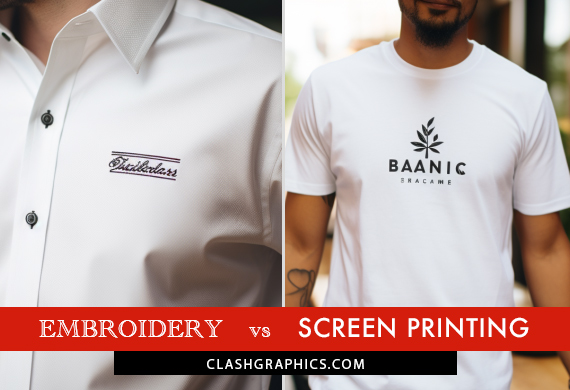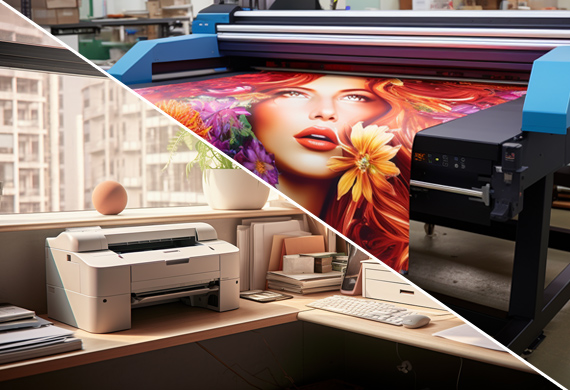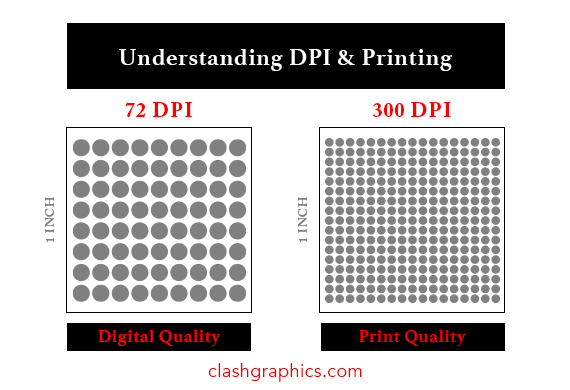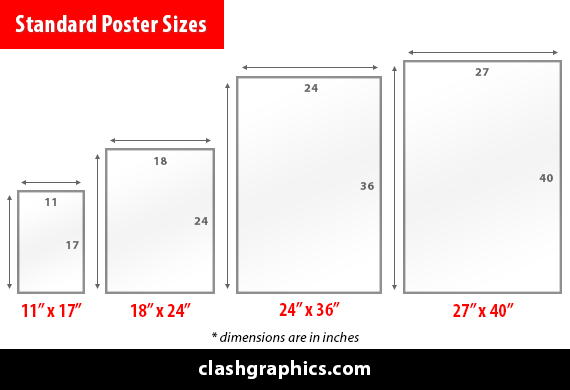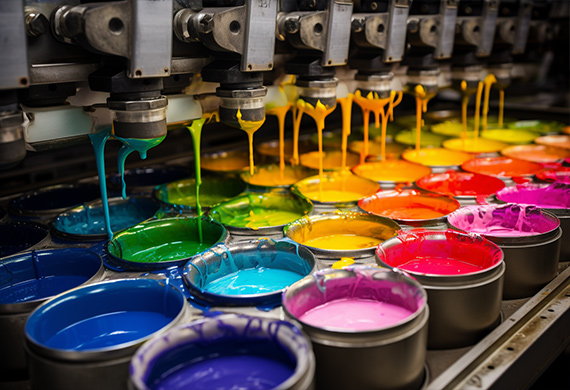Digital Printing vs Screen Printing
Posted by Clash Printing Atlanta on 28th Dec 2023
In the vibrant world of printing, the age-old battle between traditional screen printing and modern digital printing rages on. But which method reigns supreme? Is it the time-tested craft of screen printing with its rich, vivid colors and lasting dur…
read more
